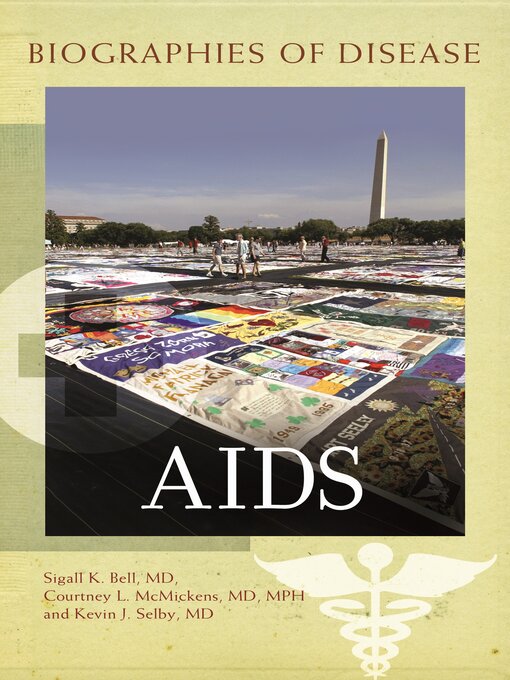- Arts & Crafts
- Fitness and Health
- Outdoor Recreation
- Biography & Memoir
- Business
- History
- All Nonfiction
- See all
-
Description
-
Creators
-
Details
-
Reviews
In AIDS, three Harvard-educated physicians explore the evolution of the HIV epidemic, contextualizing the disease from historical, social, and medical perspectives. Addressing the last 25 years, the book examines basic biological principles, including what a virus is, how the human immune system works, and how HIV impairs these functions. It presents an in-depth discussion of the HIV life cycle, explores central issues pertaining to diagnosis and treatment, and sheds light on how the treatment was developed and implemented.
The book also reviews global epidemiology of HIV/AIDS and principles of transmission, as well as what comprises an epidemic and the factors that determine whether an infectious outbreak will propagate or die out. Finally, it looks at where HIV came from; early reactions to the disease and the social stigma it engendered; the cultural impact of HIV-positive role models; and the global economic, population, and political effects of this illness.

- Sigall K. Bell - Editor
- Kevin J. Selby - Editor
- Courtney McMickens - Editor
Kindle Book
- Release date: May 18, 2011
OverDrive Read
- ISBN: 9780313376832
- Release date: May 18, 2011
PDF ebook
- ISBN: 9780313376832
- File size: 1934 KB
- Release date: May 18, 2011

Loading
